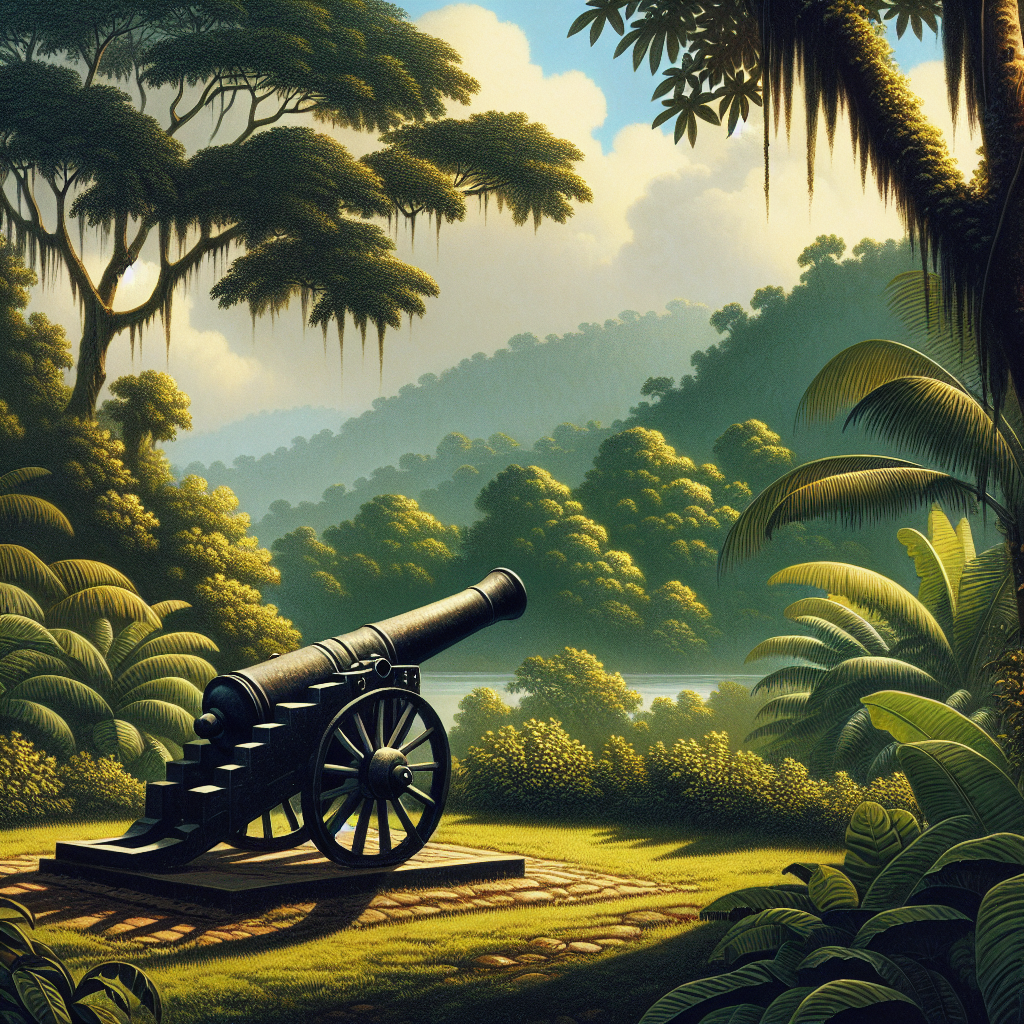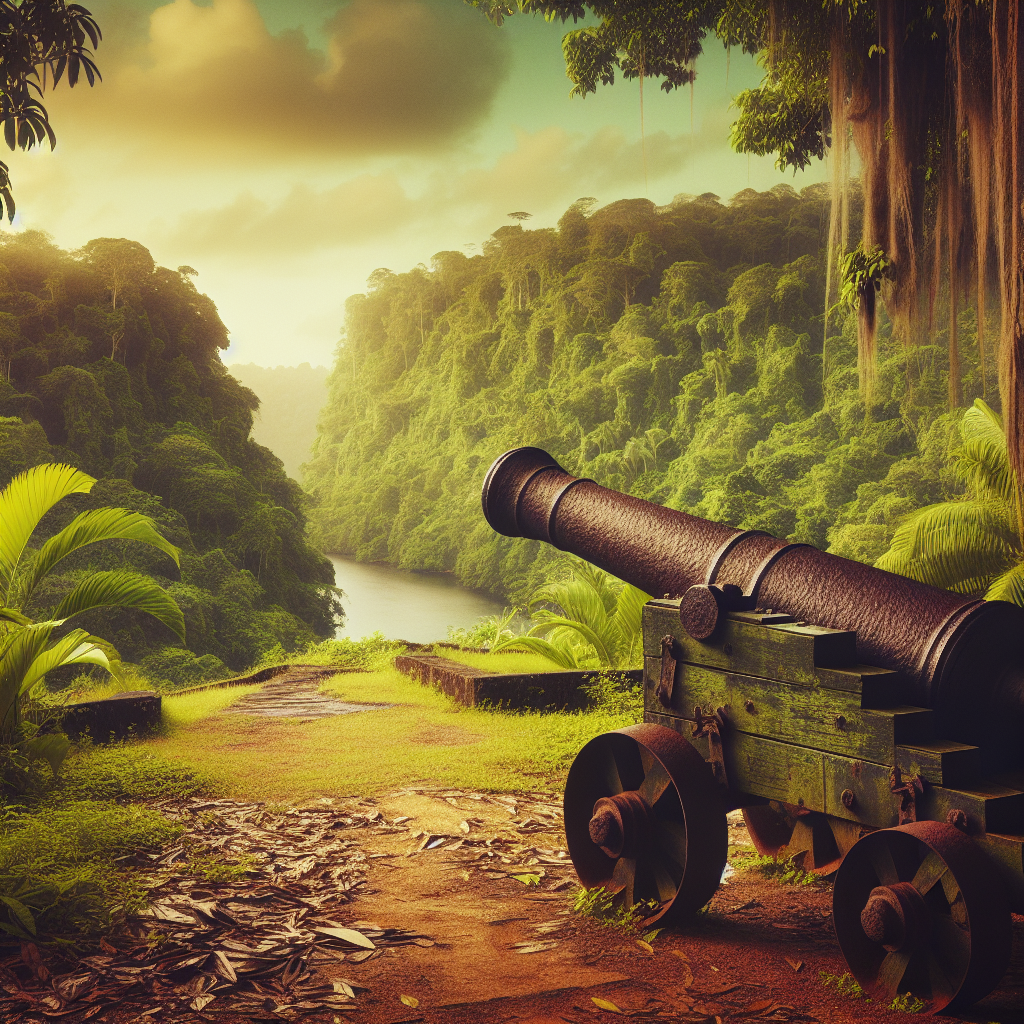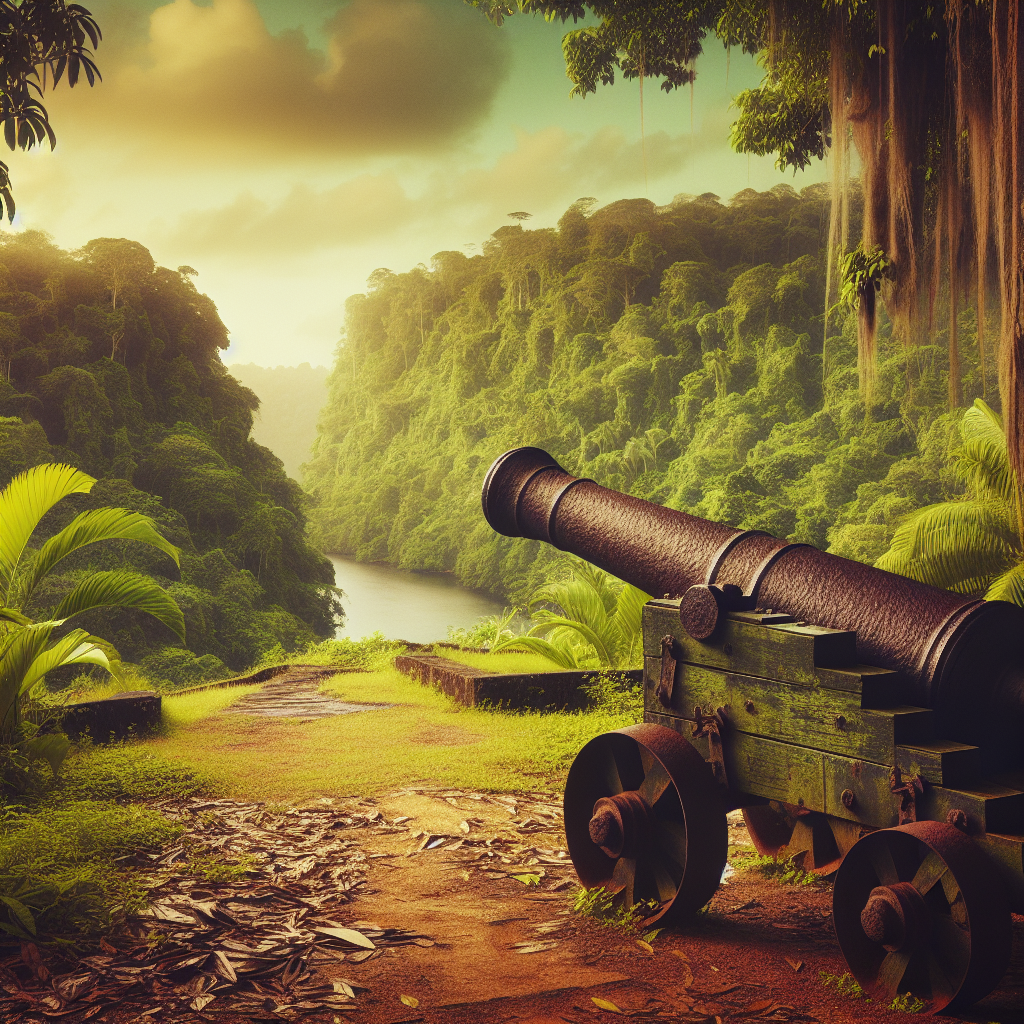Surrounded by lush rainforests and vibrant cultural heritage, Surinam is a hidden gem that offers a captivating blend of history and natural beauty. Among the many highlights of this enchanting country, the historical forts stand as proud relics of the colonial era. These magnificent structures, scattered throughout the landscape, not only offer a glimpse into Surinam’s past but also provide a breathtaking backdrop for outdoor activities and cultural events. Whether you’re a history enthusiast, an adventure seeker, or simply looking to immerse yourself in the vibrant Surinamese culture, exploring the historical forts is an absolute must. Join us as we embark on a journey to discover the hidden stories and secrets of the Historical Forts of Surinam, where the echoes of the past intertwine with the allure of the present.

Overview
Introduction to Surinam’s historical forts
Welcome to the captivating world of Surinam’s historical forts! Nestled in the heart of South America, Surinam is home to a rich and compelling colonial history. These forts, scattered across the country, stand as magnificent relics of a bygone era, preserving the stories and struggles of the past. Each fort offers a unique glimpse into Surinam’s fascinating history, combining architectural beauty with tales of conquest and resilience.
Importance and significance of these forts
The historical forts of Surinam hold immense importance and significance for both locals and visitors alike. They serve as a testament to the turbulent colonial era and the region’s strategic location for trade and defense. These forts were established by various European powers, including the British, Dutch, and French, leading to a diverse array of architectural styles and historical contexts. Exploring these forts allows you to unravel the layers of Surinam’s past and gain a deeper understanding of its cultural heritage.
Overview of the colonial era in Surinam
During the colonial era, Surinam was under the control of several European powers, each leaving their mark on the region. The Dutch, in particular, played a significant role in shaping Surinam’s culture and history. The forts scattered throughout the country were built to defend against rival colonial powers and protect the valuable sugarcane plantations.
Location and Address
Geographical location of Surinam
Surinam, officially known as the Republic of Suriname, is located on the northeastern coast of South America. It is bordered by Guyana to the west, Brazil to the south, and French Guiana to the east. The country’s diverse landscapes range from tropical rainforests to savannas, offering visitors a unique and unparalleled experience.
Address and coordinates of each fort
While Surinam is home to numerous historical forts, here are the addresses and coordinates of some of the most prominent ones:
-
Fort Zeelandia:
- Address: Independence Square, Paramaribo, Surinam
- Coordinates: 5.8263° N, 55.1526° W
-
Fort Nieuw-Amsterdam:
- Address: Commewijne River, Surinam
- Coordinates: 5.8894° N, 55.1009° W
-
Fort Amsterdam:
- Address: Fort Zeelandiastraat 1, Paramaribo, Surinam
- Coordinates: 5.8259° N, 55.1520° W
Please note that these coordinates are approximate and can be used as a reference for navigation purposes.
How to Get There
Transportation options to Surinam
Getting to Surinam is an exciting journey filled with various transportation options. If you are traveling from abroad, the most common way to reach Surinam is by flying into Johan Adolf Pengel International Airport, located just outside the capital city of Paramaribo. Several international airlines offer flights to Surinam, making it easily accessible from major cities around the world.
Public transportation within Surinam
Once you have arrived in Surinam, public transportation options are available to explore the country and reach the historical forts. Buses and taxis are the primary modes of transportation within cities and towns. Buses are inexpensive and offer routes to popular destinations, while taxis provide a more convenient and personalized experience. It is advisable to confirm fares with the driver before starting your journey.
Guided tours and travel agencies
For a seamless and guided experience, numerous travel agencies and tour operators in Surinam offer specialized tours to the historical forts. These tours provide valuable insights into the forts’ history and significance, allowing you to fully immerse yourself in Surinam’s colonial heritage. Expert guides lead the tours, sharing fascinating anecdotes and ensuring you make the most of your visit to these historical gems.
Driving Directions
Directions from major cities to Surinam
If you prefer taking the adventurous road trip route, driving to Surinam from nearby countries is a viable option. Here are directions from major cities:
-
From Georgetown, Guyana:
- Head east on the East Coast Demerara Highway.
- Cross the border into Surinam at the Guyana–Suriname Ferry Crossing.
- Follow the Wintiway, Nieuw-Nickerie – Paramaribo Highway, to Paramaribo.
-
From Cayenne, French Guiana:
- Take the N1 highway east.
- Cross the border into Surinam at the Maroni River Bridge.
- Continue on the N1 highway, leading to Paramaribo.
Highways and road conditions
Surinam’s road network includes highways that connect major cities and towns. The most prominent highway, the East-West Link, stretches from Nieuw-Nickerie on the western border to Albina on the eastern border. The highways generally offer well-maintained roads, providing a smooth and comfortable driving experience. However, it is essential to exercise caution while driving and be aware of potential hazards such as wildlife on the roads.
Parking facilities near the forts
Parking facilities near the historical forts are available for visitors. Fort Zeelandia, for example, has dedicated parking spaces nearby, ensuring your vehicle remains secure while you explore the fort and its surroundings. Additionally, some forts may offer designated areas for vehicle parking, providing convenience and peace of mind during your visit.

